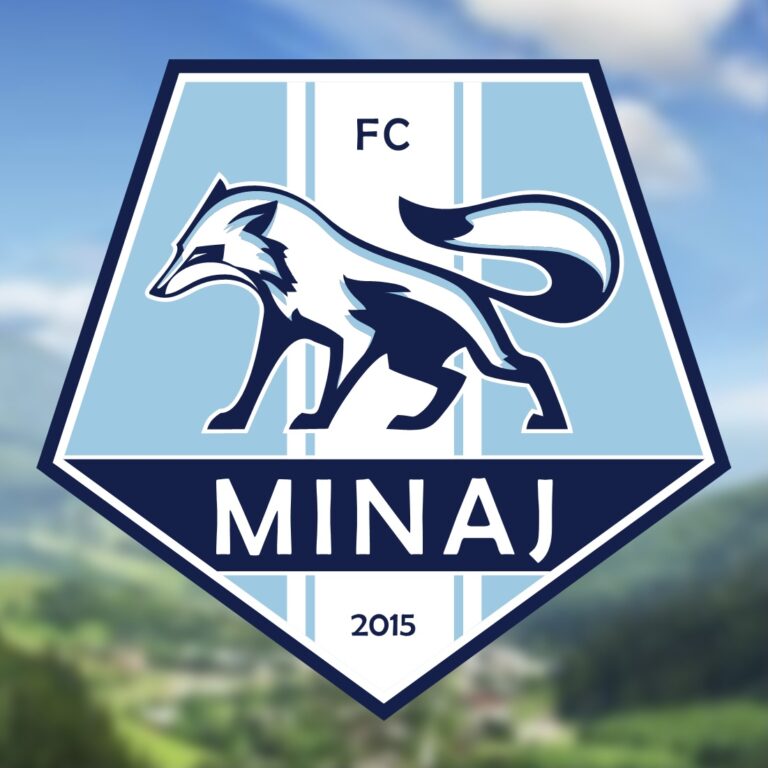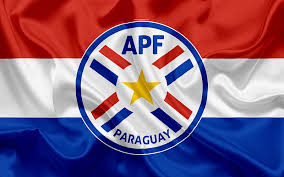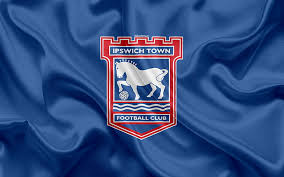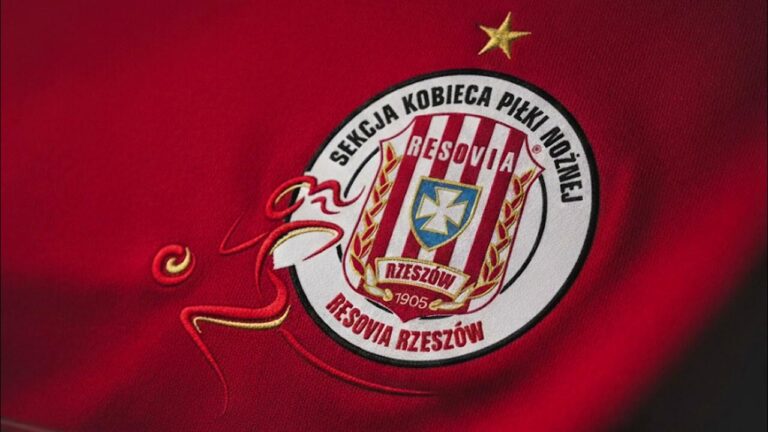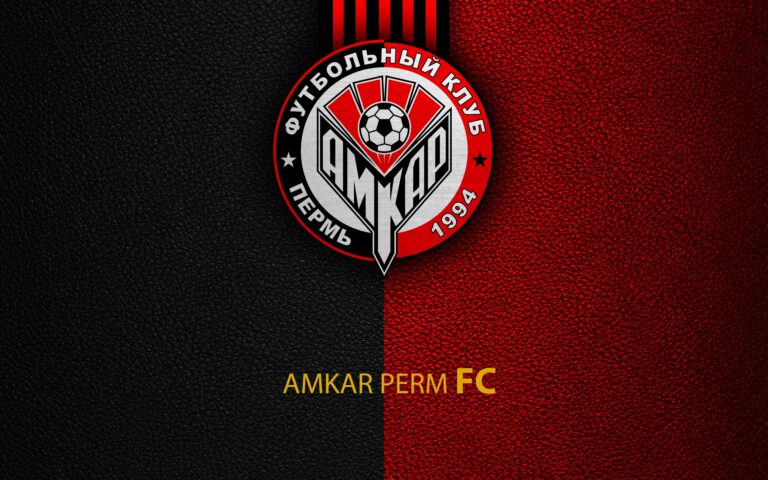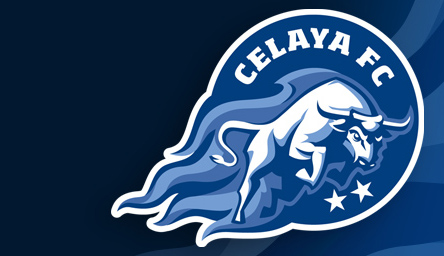
Celaya FC may not be among Mexico’s most decorated clubs, but it stands as a proud and resilient institution with deep regional roots, a passionate fan base, and a legacy that mixes glory, grit, and growth. Known for its iconic white kits and unforgettable players, Celaya is a symbol of the fighting spirit of Guanajuato football.
Read more at: https://f168.today/
A Club Forged from History
Celaya FC, in its current form, was established in 1994 through the merger of Atlético Cuernavaca and Escuadra Celeste. However, the city of Celaya has had football representation since the 1950s, and its teams have long been part of the Mexican football pyramid.
The club quickly rose to fame during the mid-1990s when it reached the Primera División (Liga MX) and stunned fans nationwide with its impressive performances and international signings. Celaya became a household name — not just for its results, but for its bold ambition and unique identity.
Goals That Made History
Though Celaya has spent much of its history in the Liga de Expansión MX (Mexico’s second tier), the club has produced some incredible moments on the pitch. As of 2025, Celaya FC has scored over 1,200 goals across all official competitions, including top-flight, second division, and national cup matches.
Their attacking spirit was best exemplified during their unforgettable run in the 1995–96 Liga MX season, when they reached the final under coach Enrique Meza. With experienced international stars and local heroes working in tandem, Celaya became one of the most feared offensive sides in the league that year.
The Legend of Butragueño and Sánchez
Celaya’s golden moment came in the mid-1990s when the club signed two footballing giants: Emilio Butragueño, a Real Madrid legend, and Hugo Sánchez, Mexico’s greatest goal scorer. The presence of these stars elevated the club’s profile nationally and internationally.
Butragueño, nicknamed El Buitre, played with elegance and class, while Sánchez brought firepower and leadership. Their influence helped propel Celaya to the Liga MX final in 1996, where they narrowly lost to Necaxa — but the impact they made remains unforgettable.
Major Achievements
Though Celaya FC has yet to win a Liga MX title, it holds a place of pride in Mexican football. Key highlights of the club’s history include:
- Liga MX Finalist: 1995–96
- Liga de Ascenso Runner-up: Multiple appearances, including 2017 and 2023 seasons
- Copa MX appearances: Strong showings in early rounds, proving competitive against top-tier teams
While the club is still chasing its first major national title, it continues to be a serious contender in the Liga de Expansión MX, consistently reaching playoff stages and aiming for promotion.
Home of Young Talent
Celaya FC has increasingly focused on youth development, becoming a platform for emerging Mexican talent. The club works closely with youth academies and local programs to nurture the next generation of players — many of whom go on to feature in Liga MX or abroad.
This investment in youth has become a central pillar of the club’s long-term vision, with Celaya positioning itself as a launchpad for future stars.
A Loyal Fanbase and Local Identity
Celaya’s supporters are some of the most passionate in Mexican football. Nicknamed “Los Toros Blancos” (The White Bulls), the club’s fan base fills the Estadio Miguel Alemán Valdés with energy, pride, and unwavering support. The stadium, with a capacity of just over 23,000, is known for its electric atmosphere during big matches.
The club’s white and blue colors symbolize purity, pride, and strength — values that define both the team and the city it represents.
The Journey Continues
With over 1,200 goals and nearly a century of footballing tradition in the city of Celaya, Celaya FC continues to grow, evolve, and fight for its place at the top of Mexican football. The dream of promotion remains alive, fueled by a loyal fan base and a team that never stops pushing forward.
Celaya may not be the biggest — but it has the heart, the history, and the hunger of a true football giant in the making.
